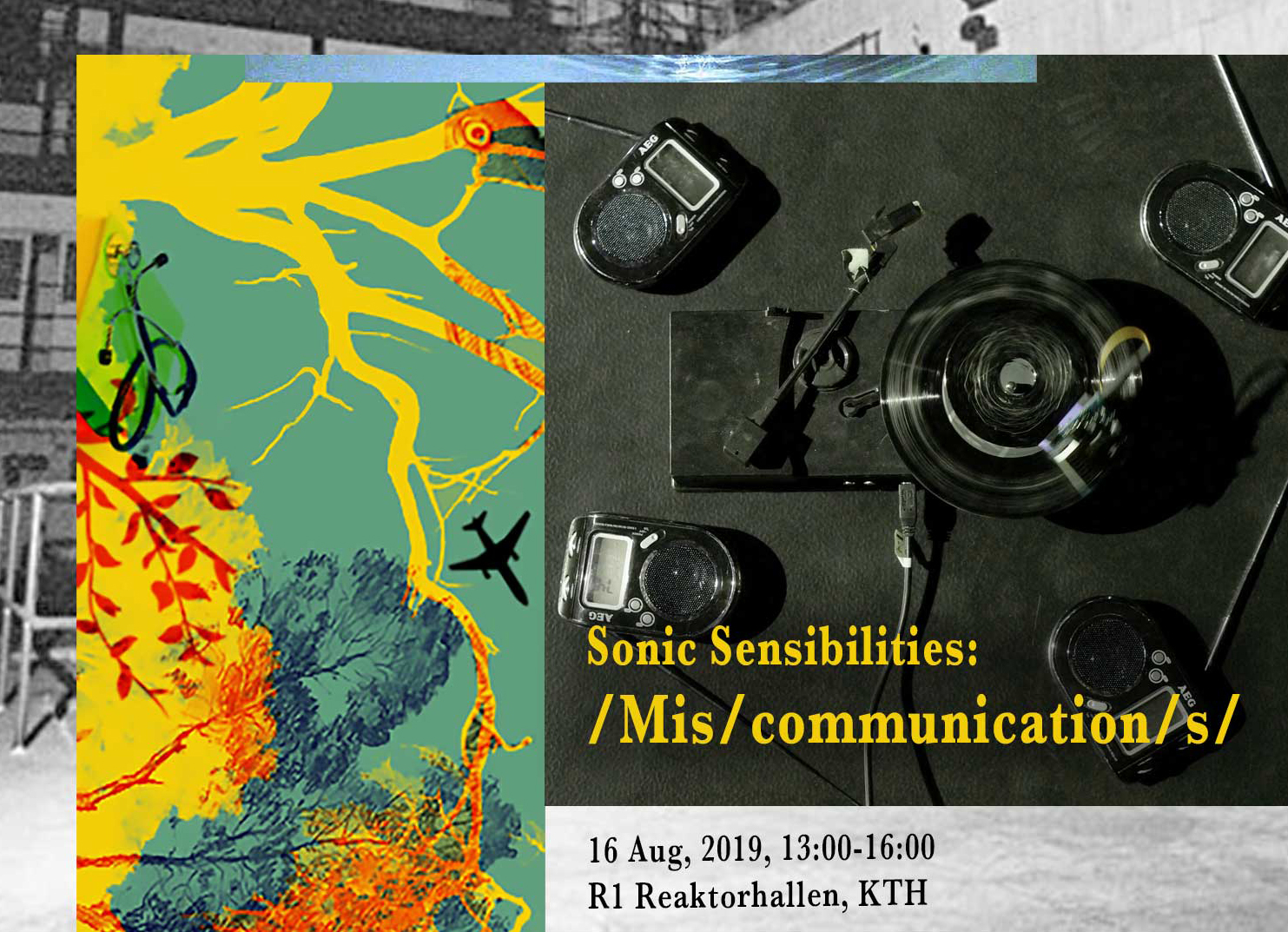-
The Posthumanities Hub Seminar “Re:Sound – Sound as Evidential Medium in an Age of Crisis”, ONLINE 28th January at 13:15 (CET)
Welcome to the first session in The Posthumanities Hub Seminar Series 2021! When: 28 Jan 2021, 13:15-15:00 (CET)Where: Zoom (link will be sent out after […]
-
The Blowhole: lecture performance, reading and Q&A with Janna Holmstedt, 21 Nov, 10:00-12:00, StDH
Where: the cinema [Bion] at Stockholms Dramatiska Högskola, Valhallavägen 189 If you missed the two events at Reaktorhallen in August, /Mis/communication/s/ and Interstellar Species Society Assembly, […]
-

Sonic Sensibilities: /Mis/communication/s/
16 Aug 2019, 13:00-16:00R1 Reactor hall, KTH, Stockholm (Drottning Kristinas väg 51) In this mixed and postdisciplinary gathering, with listening sessions and talks by artists […]